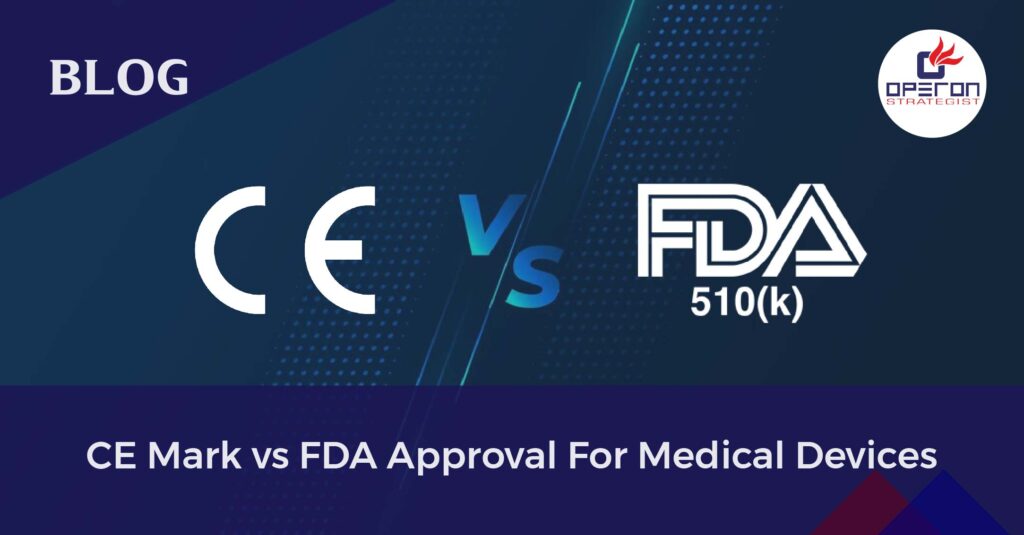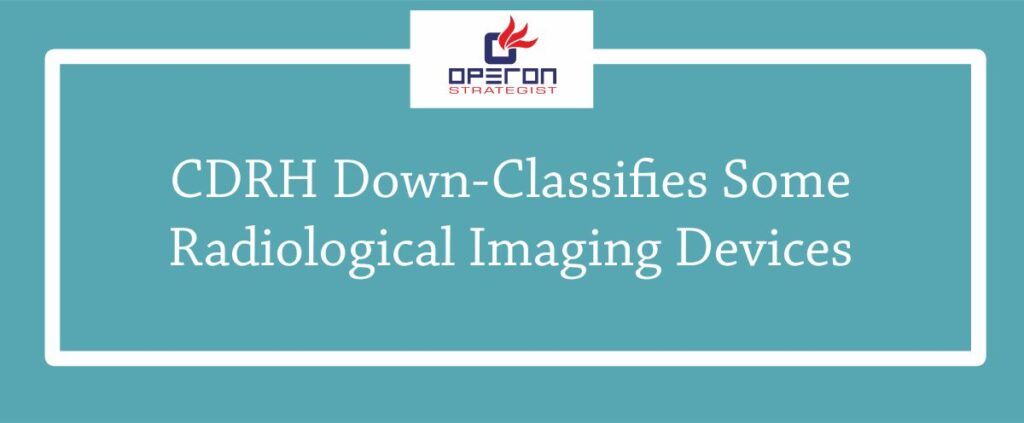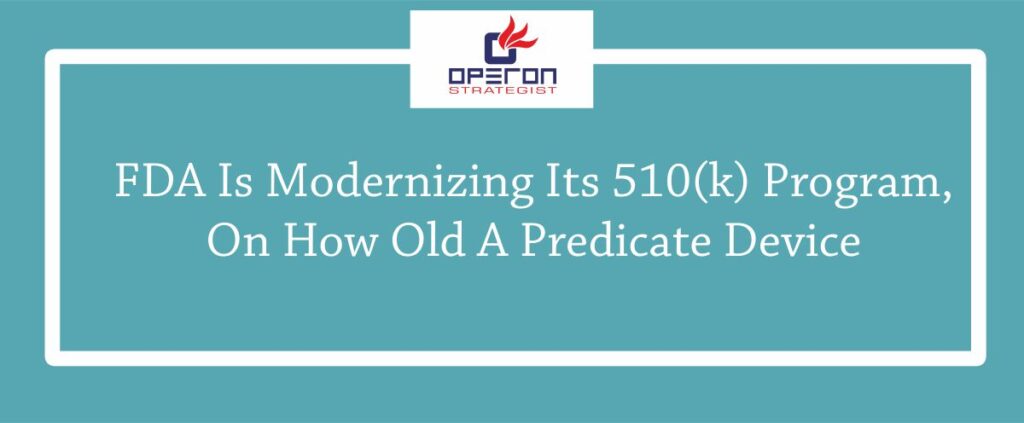Why Understanding CE Mark vs FDA Approval Matters
For medical device manufacturers aiming for global expansion, choosing between CE Mark vs FDA Approval is a crucial decision. Both certifications ensure safety, quality, and compliance, but they follow distinct regulatory systems, timelines, and documentation processes. Understanding their differences helps you plan your market entry effectively and avoid unnecessary delays.
This comprehensive guide on CE Mark vs FDA Approval explains how to decide the best path for your device based on complexity, cost, and regulatory requirements.
Looking for Medical Device Regulatory Approvals?
Let’s have a word about your next project
Which Approval Path is Easier – CE Mark vs FDA Approval?
When deciding between CE Mark vs FDA Approval, manufacturers often want to know which is easier to obtain. Generally, CE Mark approval is seen as simpler because it relies on meeting EU-wide standards without the need for exhaustive equivalence studies.
For CE Marking, manufacturers are responsible for ensuring compliance with relevant directives and can self-certify if the device poses minimal risk. The process is often faster and cost-effective.
On the other hand, FDA 510(k) approval is more rigorous, requiring proof that the device is “substantially equivalent” to an existing product. This involves extensive documentation, testing, and interactions with the FDA.
Comparing Complexity in CE Mark vs FDA Approval
The complexity of CE Mark vs FDA Approval varies by device type. CE Marking requires compliance with EU directives, proper risk assessments, and thorough documentation. Sometimes, a notified body must be involved.
FDA 510(k) clearance involves submitting detailed evidence to demonstrate equivalence, which can run from 35 to over 100 pages depending on the device.
Time Duration Differences – CE Mark vs FDA Approval
| Approval Path | Average Duration |
|---|---|
| CE Mark | 4–6 weeks (may extend if documents are incomplete) |
| FDA 510(k) | 177 days (~6 months on average, with possible extensions) |
Pre-Audit Requirements for CE Mark vs FDA Approval
CE Mark Certification Requirements:
✔ Identify applicable EU directives
✔ Conduct risk assessment
✔ Select a notified body
✔ Prepare technical documentation
✔ Implement ISO 13485-compliant QMS
✔ Ensure correct labeling
✔ Set up post-market surveillance
FDA 510(k) Requirements:
✔ Classify your device
✔ Identify a predicate device
✔ Compile a thorough submission
✔ Establish a Quality System Regulation (QSR)
✔ Submit application and respond promptly
✔ Monitor post-market safety
Understanding these requirements ensures a smoother approval process.
Renewal & Validity – CE Mark vs FDA Approval
CE Mark: Certification is valid for 3 years. Manufacturers must renew the certification before expiry, ensuring continued compliance.
FDA 510(k): The clearance remains valid as long as the device remains substantially equivalent to the predicate. Any major change may require resubmission.
Both frameworks also require post-market surveillance plans to monitor the product’s performance and ensure patient safety.
Why CE Mark vs FDA Approval Comparison is Crucial for Your Business
Whether you’re expanding into Europe or the United States, understanding the CE Mark vs FDA Approval process is key to successful product registration. Each pathway offers distinct advantages depending on your product, market, and timelines.
Ready to navigate CE Mark vs FDA Approval with confidence?
How Operon Strategist Helps You Navigate CE Mark vs FDA Approval
At Operon Strategist, we specialize in helping medical device manufacturers navigate the complexities of CE Mark vs FDA Approval:
✅ Guidance on global device classification
✅ Assistance with technical documentation and audits
✅ ISO 13485-compliant systems setup
✅ Support with FDA 510(k) submissions and CE marking
✅ Post-market monitoring and compliance reviews
Our team’s deep expertise ensures you meet regulatory requirements efficiently, reduce risks, and accelerate time-to-market.
FAQs
What is the difference between CE Mark and FDA Approval for medical devices?
CE Mark indicates that a medical device complies with EU safety and performance standards, while FDA Approval (or clearance) ensures compliance with US regulatory requirements. CE Marking allows faster market entry in Europe, whereas FDA approval is more rigorous and time-consuming.
Which is easier to obtain – CE Mark or FDA 510(k) approval?
Generally, CE Marking is considered easier because manufacturers can self-certify low-risk devices, whereas FDA 510(k) requires proof of substantial equivalence to a predicate device and extensive documentation.
How long does it take to get CE Mark vs FDA Approval?
CE Mark: 4–6 weeks on average (may take longer if documents are incomplete)
FDA 510(k): Approximately 177 days (~6 months), depending on device complexity and submission quality
What documents are required for CE Mark vs FDA Approval?
CE Mark: Technical documentation, risk assessment, ISO 13485 QMS, labeling, post-market surveillance plan, notified body approval (if required)
FDA 510(k): Device classification, predicate device comparison, detailed submission, QSR-compliant quality system, clinical or testing evidence
Can a device have both CE Mark and FDA Approval?
Yes. Many manufacturers pursue both certifications to access European and US markets. Each requires separate compliance with its regulatory framework.
- Operon Strategisthttps://operonstrategist.com/author/operon-strategist/
- Operon Strategisthttps://operonstrategist.com/author/operon-strategist/
- Operon Strategisthttps://operonstrategist.com/author/operon-strategist/
- Operon Strategisthttps://operonstrategist.com/author/operon-strategist/




